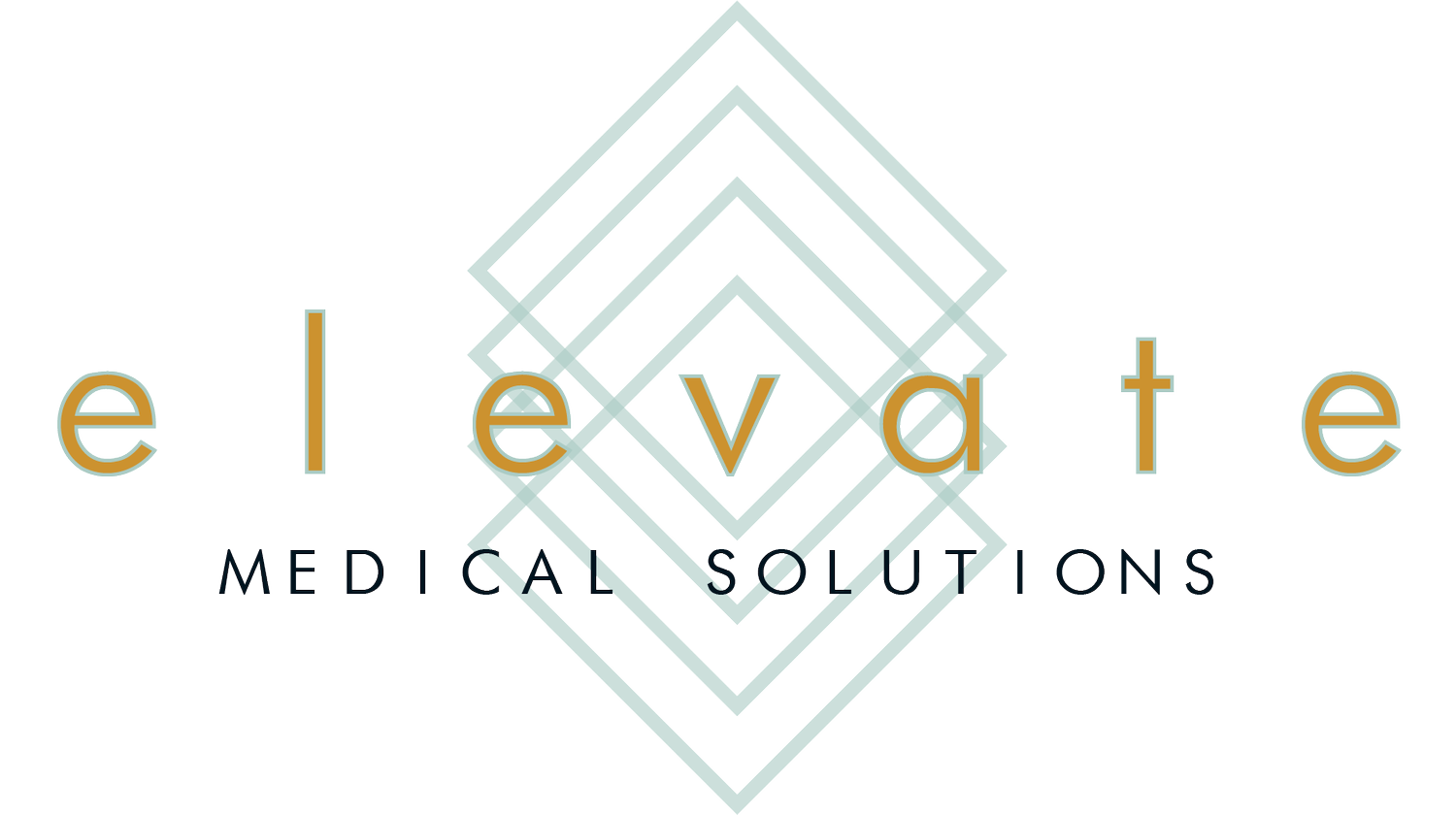Creating A Workflow Process Between CDI and Coding Specialists
Wouldn’t it be perfect if your healthcare organization contained clinical documentation improvement (CDI) specialists that had both a coding background and a clinical background? However, trying to find a person with that background is like finding a needle in a haystack. Most healthcare organizations have a team that contains CDI specialists who are also RNs and a team that contains coding specialists with coding credentials. These two teams then need to work together to create the full clinical picture and complete charts accurately. Although they do not always understand each other, the importance of both teams working together is critical. By having their teams collaborate with each other, not only can they educate one another, but this will also dramatically improve operational efficiency and optimize reimbursement. The key issue in this situation is getting both CDI specialists and coders to work together, especially when it comes to the DRG mismatch process. They often see each other not as teammates or co-workers, but more as competitors who wish to be right when it comes to assigning the correct principal diagnosis and DRG. It isn’t about who is right and wrong; It’s about working together and using both the coder’s expertise and the CDI specialist’s expertise to ensure each chart is accurately coded and completed. It is important to create a workflow process that both CDI and coding specialists will use.
When setting up a good workflow process, one of the first steps is to create a way that CDI specialists and coding specialists can communicate efficiently with one another. Whether this be through email or through a specific software, there needs to be some way to monitor this communication. Knowing that the communications are monitored can ensure these conversations stay strictly professional. Any unprofessional communication should not be tolerated and must be formally addressed immediately. Both CDI specialists and coders can be coached through giving and receiving feedback appropriately to ensure this interaction stays professional.
Another good workflow process is limiting the CDI and coding specialist’s interaction. Although it is important that they communicate, we want them to communicate and collaborate quickly and effectively. Limitations on their communication ensures that charts are not sitting for an extended period. This can be done by setting a certain number of times they can respond to each other’s communication. By doing this, it encourages CDI and coders to reach out and get a second opinion rather than spending an excessive amount of time emailing back and forth with their disagreements, which is both time consuming and unnecessary. This is when escalation to a second level review becomes beneficial.
The person doing the second level review can then review this communication and see what documentation the coder used to support their perspective, whether it be coding clinics, coding guidelines, or indexing, and see what clinical resources the CDI specialist used to support their perspective. The person conducting these reviews should not have any stake in the final decision. Some healthcare organizations have an internal manager doing these reviews, while other organizations will hire someone specifically to be the liaison between CDI and coding specialists. This liaison will then oversee the process of reviewing both the CDI specialist’s and coder’s comments of these cases and help resolve any disputes. This will help ease the stress that coding specialists feel when having to take the time to communicate multiple times with CDI, which takes away from meeting their productivity.
Whether you decide to make this an internal process or hire externally, coders and CDI specialists need to see this new workflow process as an educational process. The CDI specialists will teach the coders the clinical aspect of things and the coders will teach the CDI specialists the coding aspect. Seasoned coders can sometimes feel accused or threatened in some way by implementing a CDI and coding workflow process, but this is not the intended reason. CDI specialists need coding specialists just as much as coders need CDI specialists. Both bring specific education and expertise to the table, which makes for a stronger team and better results.
